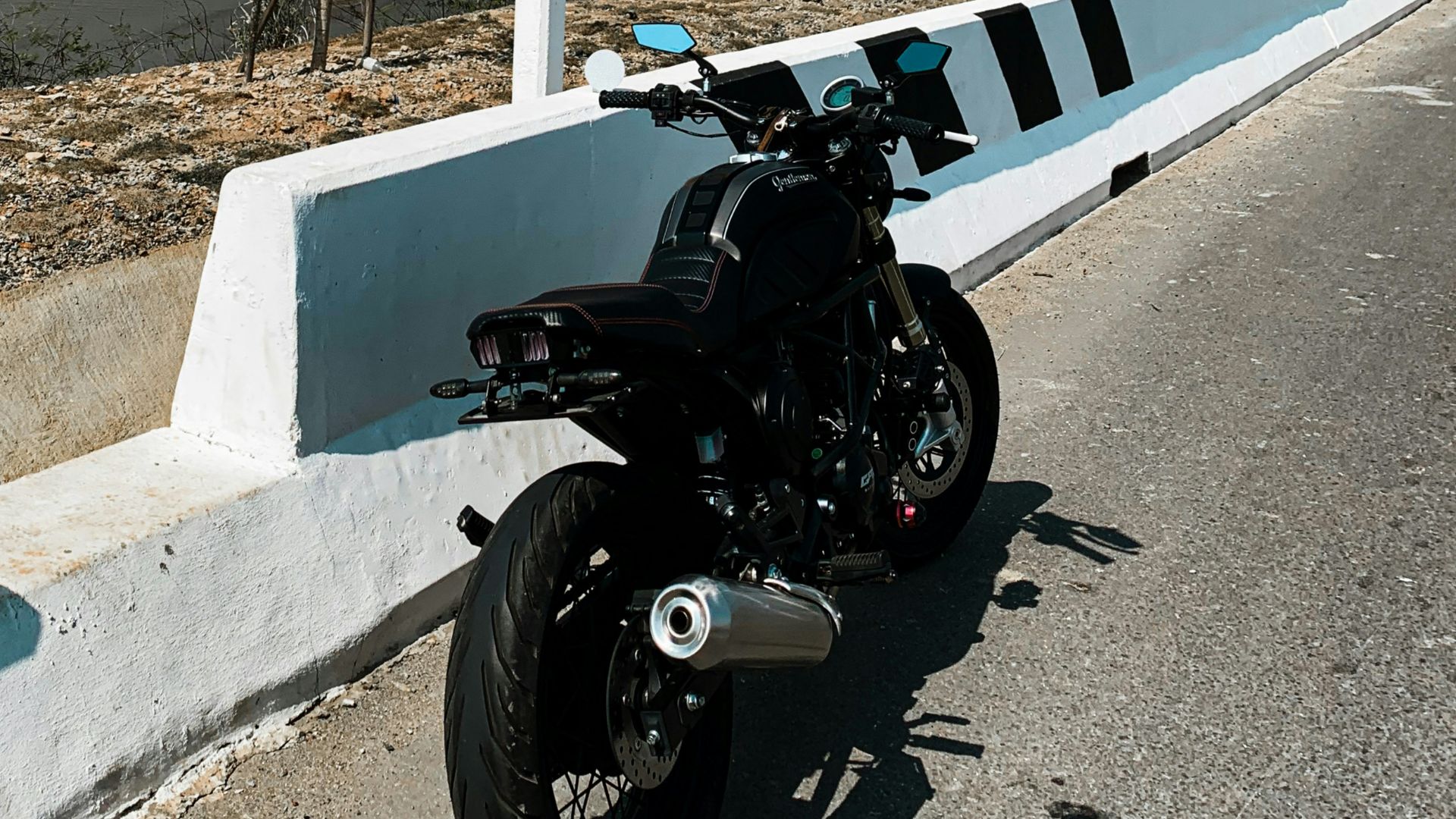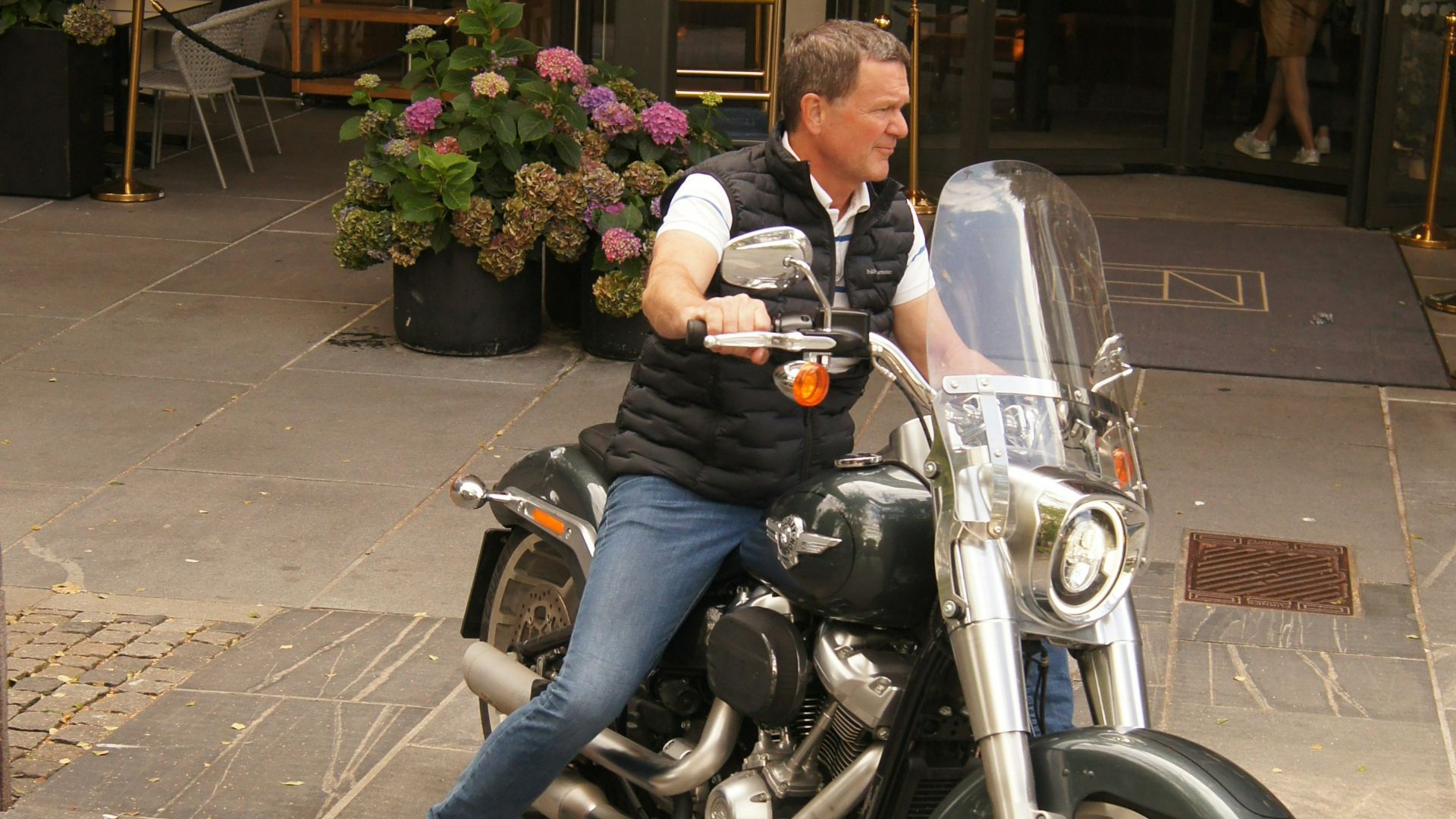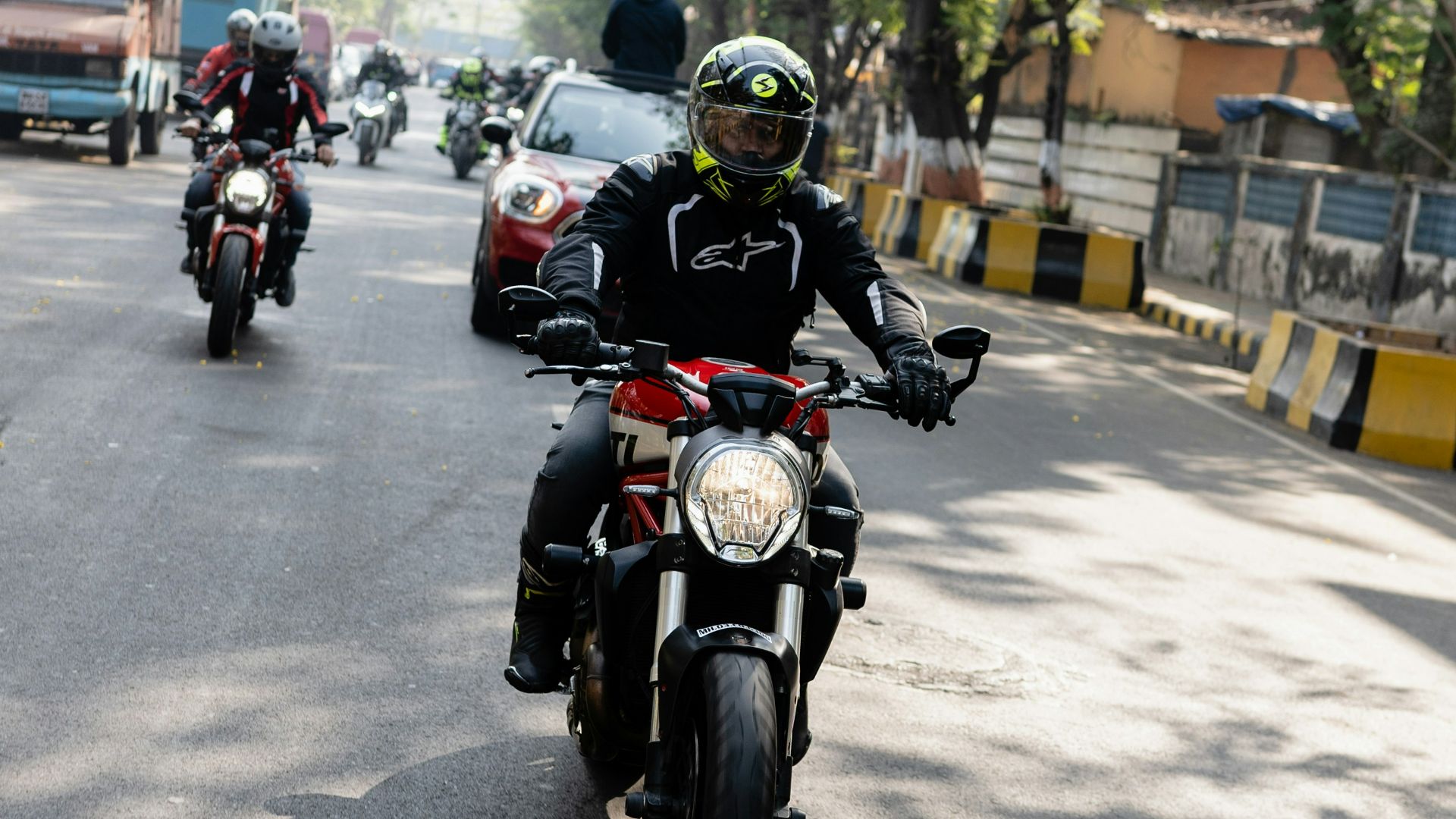The 10 Most Dangerous Things About Driving A Motorcycle & 10 Ways To Stay Safe
The Line Between Ride And Regret
We all know motorcycles are insanely fun to drive, but they also come with a ton of risk. And while the risks are very real, so is the possibility of reducing them—or outright avoiding them! Mastering the ride means more than throttle control; it means making the right choices. This list presents the harshest hazards you might face on the bike, and some practitcal ways to avoid them and stay safe. Let's dive in.
1. High Fatality Rate Compared To Cars
In 2023, 6,335 motorcyclists died in traffic crashes—the highest ever recorded. Per mile traveled, the death rate is 26 times higher than cars. These statistics show that as much as the rides come with freedom, they also carry staggering risks.
2. Fuel Spills And Post-Crash Fire Risk
Crashing a motorcycle doesn’t always end with impact. The Hurt Report found that 62% of accidents caused fuel spills, often igniting in contact with engine heat or sparks. With 98% of motorcycle crashes already resulting in injury, flames only add trouble.
3. Roadside Obstacles & Guardrail Collisions
Guardrails protect car occupants, but motorcycles offer no such buffer against direct impact. This is evident from the Hurt Report, which identifies collisions with posts and roadside barriers as a significant source of trauma for riders.
4. Lack Of Protective Barriers
Head injuries are a lethal type of trauma in bike crashes. Sadly, riders go into crashes with little between them and the pavement. Although helmets reduce fatality risk by 37%, not all riders wear them due to factors such as affordability issues.
5. Fatigue And Rider Distraction
Long rides grind down awareness. Tired riders react more slowly and miss cues that could prevent disaster. Even small distractions—tweaking gear, zoning out—can spell trouble. Microsleeps on a motorcycle rarely end well, and yet they’re often overlooked in crash reporting.
6. Inexperience And Lack Of Licensing
Crash data shows a clear trend: 36% of motorcyclists killed in 2023 had no valid license. Also, new riders are more likely to misjudge turns or panic under pressure. Without formal training, mistakes multiply. Experience makes a lot of difference.
7. Older Rider Demographics
While age may bring wisdom, it also slows reflexes. Men over 50 now account for the majority of motorcycle fatalities due to reduced flexibility and delayed reactions. Safety campaigns are increasingly tailored to older riders, whose risk profiles differ greatly from those of younger thrill-seekers.
8. Exposure To Road Hazards
A loose patch of gravel or a hidden pothole are minor annoyances for a car but can be tripwires for two wheels. Motorcycles lack the margin for error. In rural areas, 40% of crashes happen at night, when hazards are harder to spot.
9. High Risk Of Single-Vehicle Crashes
Not every crash involves another driver. In 2023, 35% of motorcyclist deaths came from single-vehicle incidents—riders losing control or hitting fixed objects. These accidents often reflect overconfidence or poor traction. And they hit harder since there’s no one else to absorb the blow.
10. Weather And Environmental Factors
Rainy pavement stretches the stopping distance while fog hides other vehicles. Wind can also shove you sideways mid-ride. Environmental factors hit motorcycles harder than cars, and riders who misread the weather or push through it face slips and unseen dangers.
The risks are real—but they’re not unbeatable. The next 10 points reveal tips and good habits that can keep riders aware and alive.
1. Always Wear A DOT-Approved Helmet
Helmets remain your best line of defense in a crash. A properly fitted, DOT-approved helmet can reduce the risk of head injury by 69% and cut fatality risk by 37%. In 2022, helmet use rose to 67%, tracking with fewer head trauma casualties.
2. Obey Speed Limits
Safe speeds on the road give you time and options. Keeping the speed within limits is a lifesaver, given that speeding contributes to nearly a third of motorcycle fatalities. It can also prevent a disaster, especially in unpredictable traffic or weather.
3. Never Ride Under The Influence
One drink too many turns a calculated ride into a gamble. Alcohol impairs judgment and slows reflexes. This shows up in a large percentage of fatal motorcycle crashes. Even if you feel “fine,” the risk isn’t worth it. If you’re drinking, find another way home.
4. Take Motorcycle Safety Courses
Riders who complete training are less likely to crash and more likely to handle emergency maneuvers correctly. Courses are available at all skill levels and keep riders prepared for evolving traffic conditions. Their affordability makes them a go-to for skill-level upgrades.
5. Use High-Visibility Clothing And Gear
Bright helmets and reflective jackets improve visibility, even in fast-moving traffic. Many multi-vehicle crashes involve motorcycles that weren't seen in time. When it comes to safety, visibility is about staying alive, not style.
6. Maintain Your Motorcycle Properly
Routine checks on your bike’s core systems—tires, suspension, lights—go a long way toward preventing mechanical surprises. Following the service schedule is in part maintenance and mainly safe riding. A well-tuned bike handles emergencies better.
7. Ride Defensively And Anticipate Other Drivers
Many crashes happen because drivers simply don’t see motorcycles. That is why you need to ride defensively. It entails assuming others won’t notice you and staying ready to respond. Use early signals, and position yourself where you’re most visible.
8. Avoid Riding In Poor Weather Conditions
Wet pavement, thick fog, muddy roads, or cold air can change everything about how a bike handles. If conditions look risky, it’s often safer to wait. When you must ride, reduce speed and wear proper weather gear.
9. Take Frequent Breaks To Avoid Fatigue
Muscle tension and mental fog build up fast on a bike. Stopping to hydrate or even breathe deeply can help reset your focus. Long rides demand physical and mental energy, and breaks keep both sharp. Fatigue won’t warn you until it’s too late.
10. Use Proper Protective Gear Beyond Helmets
Helmets protect your head, but the rest of your body needs coverage, too. Armored gloves, jackets, belts, and boots guard against scrapes and fractures. Modern gear is lighter and more breathable than ever, so no more excuses.




























